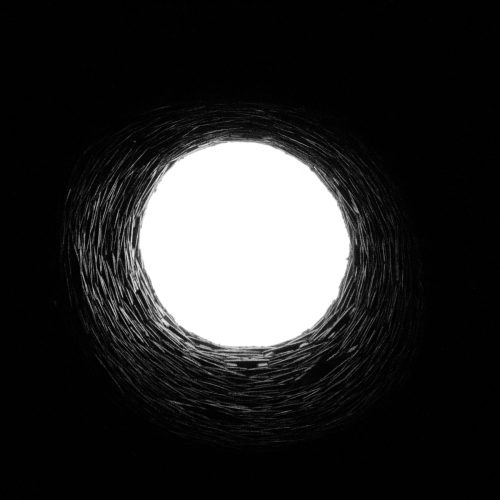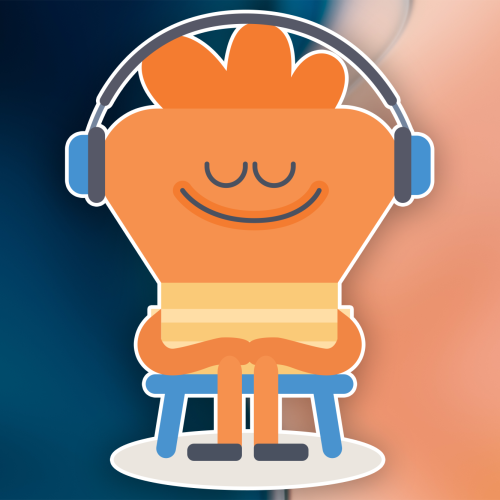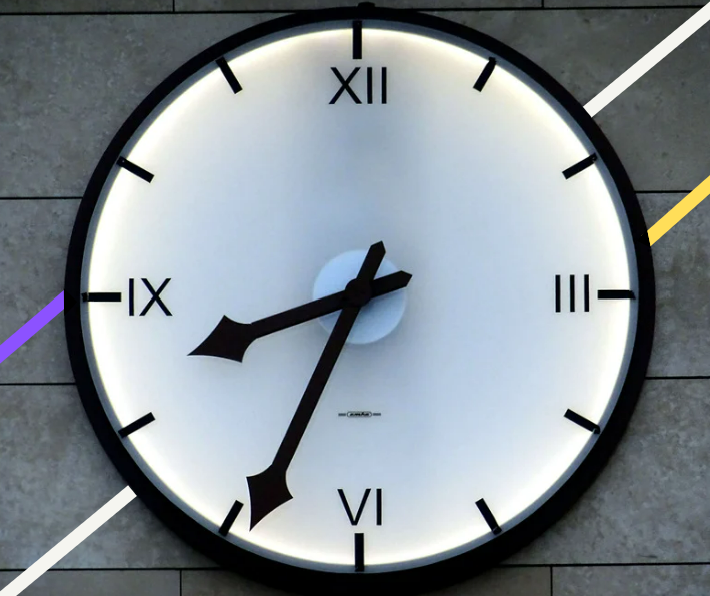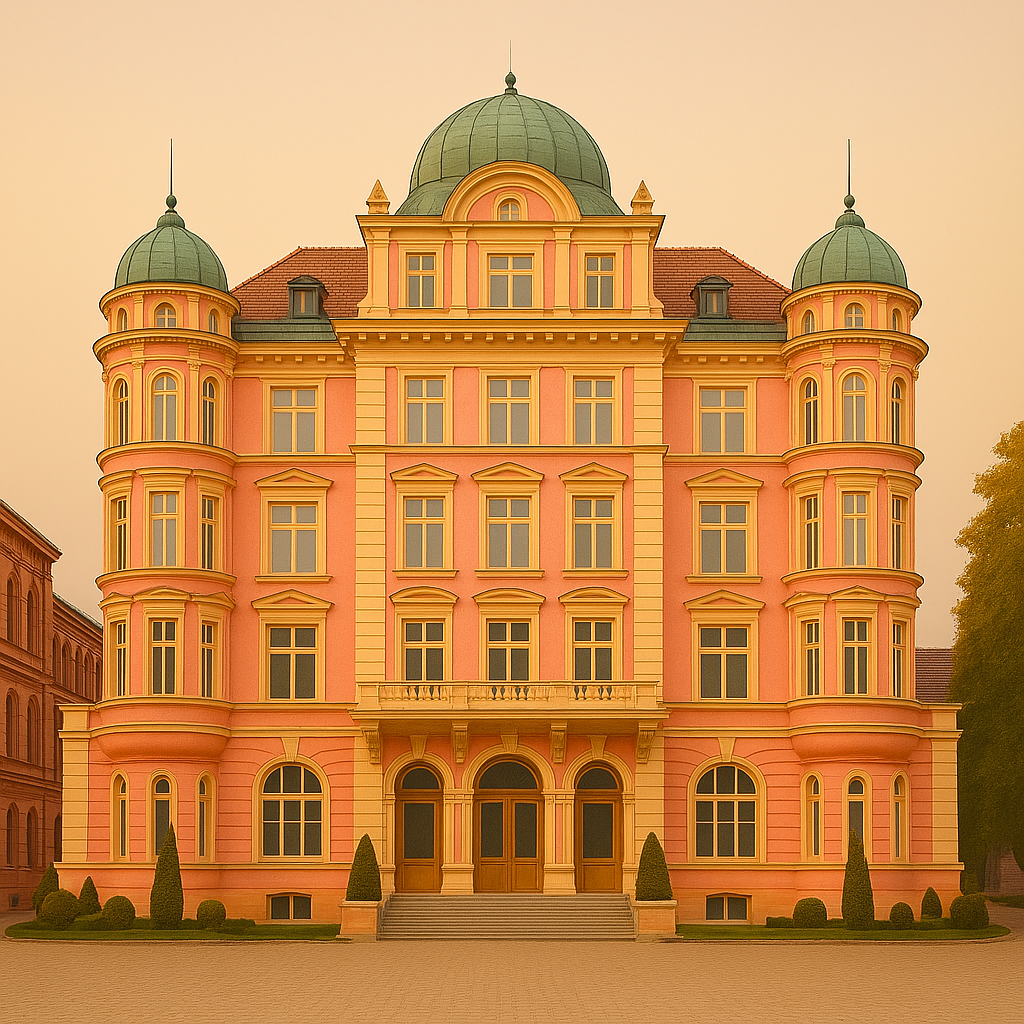
From silence art to company success
- Audio
- 6 March 2025
Mathilde Pottier
Designer & Founder
It is the 29th of August 1952, you are lining up to see David Tudor, a promising new pianist. On this sunny day, you’ve decided to stay inside Woodstock’s Maverick Concert Hall, so as not to miss the performance you’ve heard everyone talking about. Your turn arrives: you can take your seat. Then the musician enters, ready to play John Cage’s composition 4’33. The pianist begins by closing the piano lid. At this point, the only sounds coming out of the room are the whispers of people and the squeaking of chairs. After looking at his watch for a while, the musician opened the piano lid again and closed it, thus ending the movement of the first piece. Some people inside began to feel irritated and left the room, as they realized that the piece would have been as noisy at the end as it was at the beginning.
The John Cage’s 4′33 long composition

The oriental beginnings
In the early 1950s, in midtown Manhattan at the prestigious Columbia University, a professor is about to change the life of one of his students. He is Daisetz Teitaro Suzuki, a Zen Buddhist essayist who landed in New York after teaching in Japan and London and traveling through Europe. His student is John Cage, a young man who arrived in New York in the early ’40s penniless and searching for professional opportunities. Despite his early successes, his new romance with the Mercier dancer Philip Cunningham led him to seek new horizons. And so, between Ananda Coomaraswamy and Gita Sarabhai, John gradually discovered and familiarized himself with Eastern philosophy and art. So it’s unsurprising that he became interested in Master Suzuki’s lectures, and the importance of listening to silence.
This is the sound of silence
1951 Harvard campus; within the walls of the university, a room into which no sound can penetrate fascinates all researchers of novelty. John Cage, the Californian composer in his late thirties, was one of them. At that point in his career, he had already published several musical works and was looking for experiences to create new ones. Like all other musicians, he was used to playing with sounds, but not with silence, perhaps because he had never heard it. That’s why he was excited to experience silence. Surprisingly, the experience he had was far from his beliefs: “I heard two sounds, one high and one low. When I discussed this with the engineer in charge, he informed me that the high sound was the activity of my nervous system, and the low sound was the blood circulating through my body.”
The silent prayer
Years later, the musicologist Makis Solomos explained: “4’33” was originally conceived in 1948 under the title Silent Prayer, but at that time the idea of silence was part of a desire for asceticism or meditation, as James Pritchett explains. The 4’33” we know today is very different, because in the meantime the anechoic chamber experiment and the realization that silence means listening to all possible sounds that don’t depend on us”. John Cage couldn’t keep his original idea after the anechoic chamber experience. He needed a title that didn’t have any religious connotations. He also thought of a neutral title that would not give any advice on how the experience should be felt. “4’33” was perfect; there is no indication of how the experience should be felt or what the experience is about. The only clue the title gives is the duration of the composition. The rest has to be created and understood by the audience.
Silence as a tool for Self-Reflection
Choosing silence to think better
Reflective silence occurs when sound is voluntarily suspended in order to focus inward. This technique does not rely on a specific posture or environment but on the deliberate choice to remain quiet for a period of time. It can take place during daily activities or in dedicated moments set aside to observe thoughts and sensations without distraction. Without the pressure to speak or respond, internal movement becomes more noticeable. Thoughts appear more distinctly, and the individual can begin to recognize patterns or preoccupations. This practice encourages a different relationship to time, one that is slower and more attentive. Silence does not provide answers in itself, but it allows questions to emerge more clearly. It is used not as an escape, but as a tool to access a layer of thought that often remains hidden beneath constant stimulation. Reflection becomes more available when noise is suspended.

Laurenz Kleinheider
An invitation to self-consciousness
Once there is silence, something usually begins to move. Thoughts appear repetitive, some surprising. Emotions may arise for no clear reason. This is the core of reflective silence: allowing things to arise without rushing to stop them. You don’t have to act or judge. You just stay with it. The mind may wander, and the body may feel restless, but over time, patterns begin to emerge. The important thing is not to produce answers but to notice what is taking up space inside. Sometimes, silence brings calm, sometimes, it brings tension. Both are valuable. Some choose to write during or after to keep track of what has emerged. Others just sit or walk. It’s not about doing nothing- it’s about doing something subtle: listening without reacting. Over time, this process becomes easier. You learn to sit with yourself more honestly, and you notice what matters beneath the surface noise.
Crowded minds, quiet needs
Silence is not something that most environments encourage. In many parts of daily life, especially in cities and workplaces, silence can feel out of place. Conversation fills gaps, notifications break pauses, and even being alone is often accompanied by sound. Yet there’s a growing sense that this constant flow leaves little room for reflection. Individually, more people are trying to take small breaks – moments without screens, walks without music, time to think without talking. These gestures aren’t always called “silence,” but they carry the same intent: to slow down and reconnect. Though not widespread, some public spaces – such as libraries, certain museums, or quiet zones in transit – offer conditions in which silence is possible. It remains a personal choice rather than a collective habit. But in a world of speed and noise, choosing silence becomes a subtle form of resistance. Not to disconnect completely, but to regain access to one’s thoughts – and give them room to grow.
How Headspace uses silence for Self-Reflection

Headspace
Andy Puddicombe’s asian trips
In the late 1990s, Andy Puddicombe was studying sports science when he made a decision that surprised everyone around him. He left university, traveled to Asia and began training as a Buddhist monk. Over the next ten years he studied in monasteries in Nepal, India, Myanmar, Thailand and other countries. He was eventually ordained in the Tibetan tradition, and much of his time was spent in silence, practicing techniques of mindfulness, repetition, and detachment. There was no plan to return with a project. But after a decade, he left monastic life with the idea of sharing some of what he had learned-not as doctrine, but as a set of tools. What interested him was not the philosophy of meditation, but its practical effects. The question was simple: how could something that worked in a monastery be made useful in everyday life?
The life-changer meeting
Back in the UK, Andy Puddicombe began offering meditation sessions to individuals and small groups. The setting was modest, the structure familiar, the tone deliberately simple. Among those who attended was Rich Pierson, a young advertising executive struggling with stress and looking for a way to slow down. Their meetings turned into conversations, and the idea of a collaboration took shape. Andy brought the practice, Rich provided the framework. Rather than recreate a traditional setting, they looked for a format that could be adapted to everyday life. They began with live events in London, where people came to listen, sit still, and take a break. But each session raised the same question: how to continue when it was over? The solution came gradually, shaped by habit and demand. The structure remained the same, but the delivery changed. What had begun in silence became something digital, portable, and scalable.
A widespread service
Headspace was officially launched in 2010. What began as a local project became, over time, a global product. The format remained consistent: short guided sessions, simple language, a light visual style. But the context changed. The app spread beyond individual users to offices, schools, hospitals, and public campaigns. Meditation was no longer confined to private practice; it became part of mental health programs, workplace wellbeing initiatives, and daily routines. For many, it was not a philosophy, but a tool—opened between meetings, used before sleep, repeated during a commute. The idea of silence shifted with it. No longer tied to solitude or withdrawal, it became accessible, brief, and scheduled. What Headspace offered was not a transformation, but an interruption—one that fit within the pace of contemporary life. And in a culture defined by attention and speed, that space, however small, began to matter.
The remaining space
Silence does not impose itself. It appears briefly, in places that allow it, before disappearing again. Sometimes it is structured, like a concert that contains no notes. Sometimes it is suggested, through a screen and a soft voice. At other times, it arrives unexpectedly—between two movements, at the end of a sentence, in the pause before a reply. Its meaning shifts with context, but its presence continues to mark a form of attention. What John Cage heard in an anechoic chamber, what a user may glimpse during a session on their phone, or what someone else experiences alone in a room—all point to the same movement: a turning inward that does not disconnect, but listens. Not all silences are comfortable, nor are they always useful. But they persist, quietly. And in doing so, they remind us that not everything has to be said to be understood. Some things begin where sound ends.








